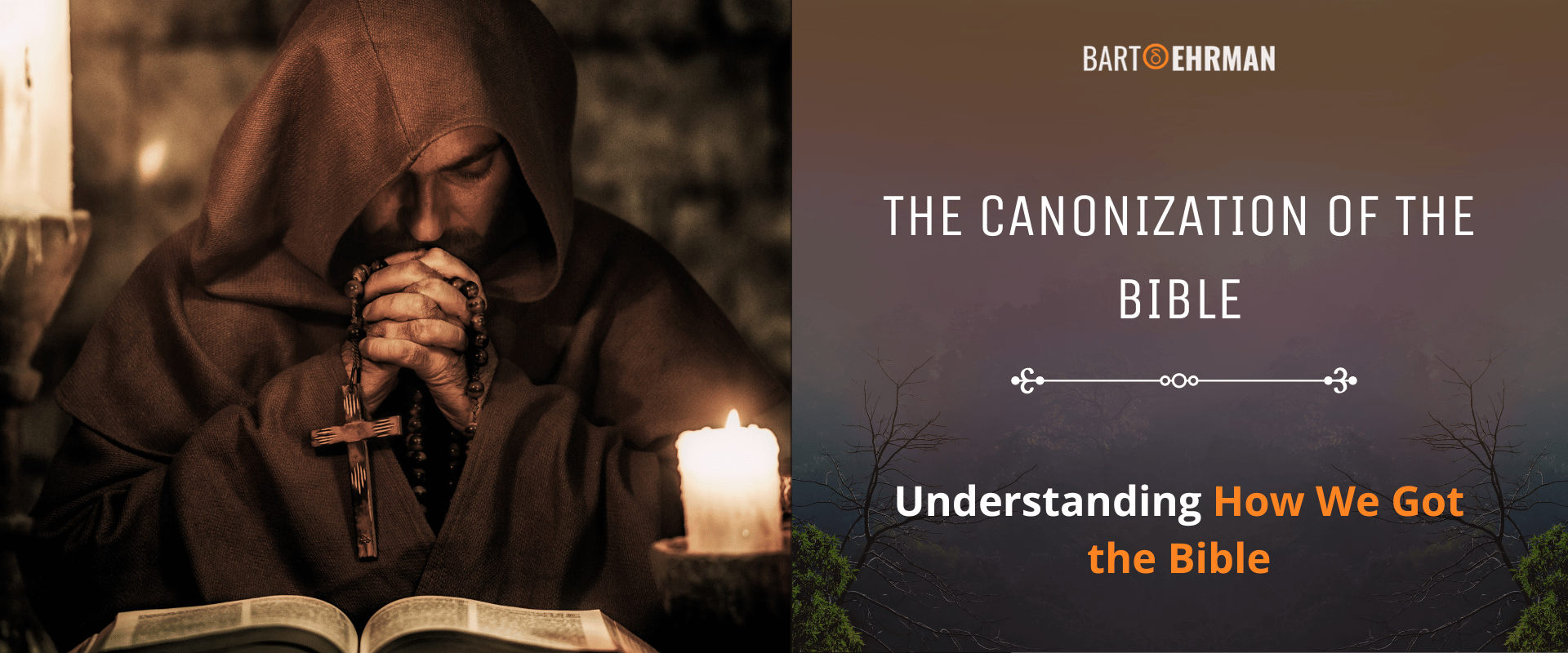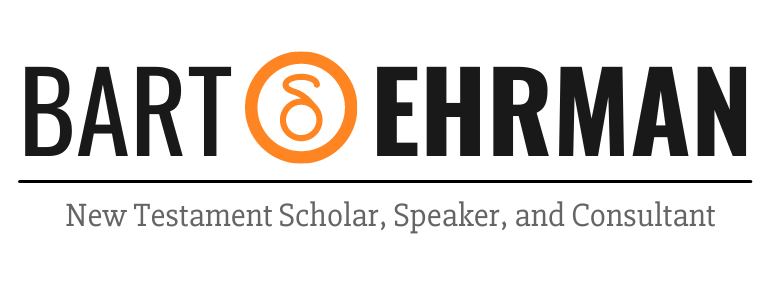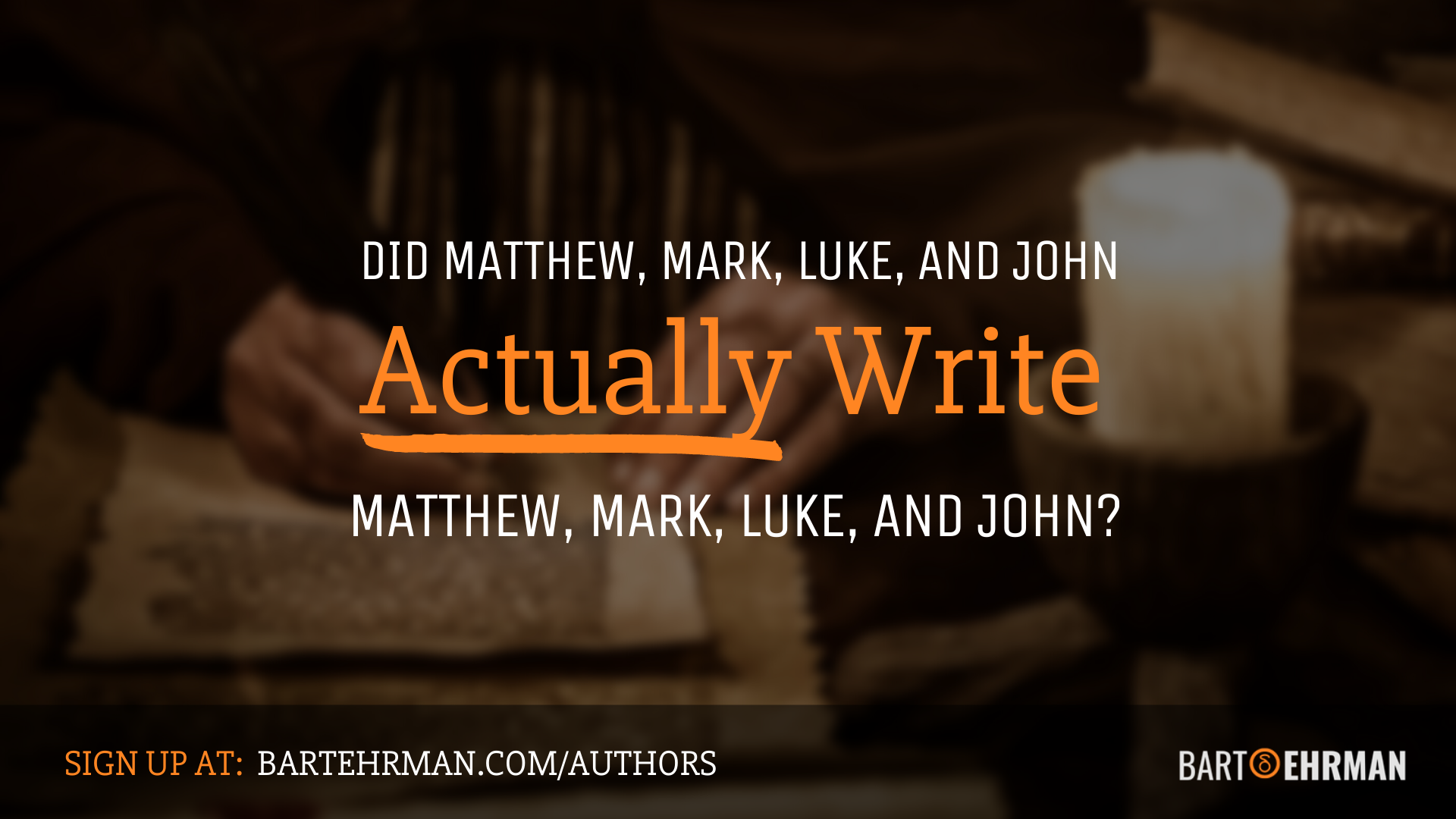Canonization of the Bible: Understanding How We Got the Bible

Written by Joshua Schachterle, Ph.D
Author | Professor | Scholar
Author | Professor | BE Contributor
Verified! See our editorial guidelines
Verified! See our guidelines
Date written: September 11th, 2023
Disclaimer: The views and opinions expressed in this article belong to the author and do not necessarily match my own. - Dr. Bart D. Ehrman
How did the canonization of the Bible happen? Why were some books included while others were excluded? Who decided what books went into the Bible? How was the Bible put together? In this article, I’ll talk about this process and what we know of its history.

What is a Canon?
The word canon is derived from the Greek word kanōn, which means “standard,” “rule,” or “measure.” Why is this applied to the Bible? Eugene Ulrich notes that the word eventually came to mean “norm” or “ideal”. The canon of Scripture, then, is one of the standards by which Judaism and Christianity are measured. The books that were included and excluded define what matters to these religions.
The process of making a work canonical, however, is rather murky and hard to define. And there is no single council or individual church father we can point to who is solely responsible for putting the Bible together. Instead, the process happens over the course of many years. Just because something is considered canonical now doesn’t mean it was always part of a canon. Let’s look into how we got the Bible as it is starting with the Hebrew Bible.
How Were the Books of the Hebrew Bible Chosen?
The Hebrew Bible used in rabbinic Judaism contains twenty-four books. They are roughly divided into three sections: the five books of the Torah (Teaching), the eight books of the Nevi’im (Prophets), and the eleven books of the Ketuvim (Writings).
This is the Jewish canon. I’ll deal with the differences between this canon and the Christian Old Testament later on.
Dates of Canonization
Lee Martin McDonald and James Sanders note that scholars believe that the current twenty-four books were canonized in three stages: The Torah around 400 BCE, the Prophets around 200 BCE, and the Writings around 90-100 CE. These dates are far from certain but give us a basis for discussion.
One well-known story attempts to explain how the Hebrew Bible officially became a closed canon, no longer admitting new books. When Rome destroyed the Jerusalem Temple in 70 CE, one rabbi, Yochanan ben Zakkai, moved to the city of Yavneh. Here, he established a center of learning. Twenty years later in 90 CE, Rabbi Zakkai convened a council of well-known rabbis which ultimately chose the twenty-four books used today.
The facts of this story are highly questionable, according to most scholars. However, it might indicate a general time-frame – late 1st century CE – by which the Hebrew canon might have been closed.
The Hebrew Bible in Christianity
The Hebrew Bible as used by Protestant Christians contains thirty-nine books compared to Judaism’s twenty-four. There is a simple explanation for this. The books are divided differently by the Christian canon, which makes a higher number of books. Several books, like Kings and Samuel, for example, are single books for Jews and two books for Christians.
The biggest difference in the Christian version of the Hebrew Bible, however, is not between Christian and Jewish versions. Instead, we find larger differences between Protestants, Catholics, Eastern Orthodox, Coptic, and Ethiopian Churches. Different churches have different Hebrew Bible canons.
Catholic Bibles have the same thirty-nine books as Protestant Bibles, but add seven books: Tobit, Judith, 1 and 2 Maccabees, Wisdom, Sirach, and Baruch. These are Jewish books that both Jews and Protestants exclude from their canon.
The Eastern Orthodox church has the same Hebrew Bible as Catholics but adds 3 & 4 Maccabees
Psalm 151, The Prayer of Manasseh in Chronicles, and 1 Esdras.
Coptic and Ethiopian churches have slightly different Hebrew Bibles from the others as well.
The Language Issue
The earliest Christian writings, including the letters of Paul and the Gospels, were written in Greek. Greek was the lingua franca of much of the Roman Empire in the 1st century CE. For this reason, while Scripture for early Christians meant the Hebrew Bible, many of them read or heard it in its Greek translation. This translation is called the Septuagint.
Why is this important? The vast majority of the Hebrew Bible was written in, of course, Hebrew (with a small portion in Aramaic). However, translating from one language to another is complicated.
Comparing the Hebrew to the Greek versions, there are examples of mistranslations. Some of these are insignificant while others affect the meaning considerably. This explains some of the different explanations of the Hebrew Bible between Jews and Christians.
As an example, in the original Hebrew, Isaiah 7:14 says “Look, the young woman (Hebrew: ʿalmah) is with child and shall bear a son.” The word ‘almah, meaning “young woman” was mistranslated by the Septuagint to the Greek word parthenos, meaning “virgin”. The Gospel of Matthew used this Greek translation, reading Isaiah as a prophecy that Jesus would be born of a virgin.
Speaking of Christianity, let’s look at the New Testament canon.
How the New Testament Canon Was Formed
The New Testament contains twenty-seven books, all written in Greek between the years 50 CE and 120 CE. We can divide it into four groups: the Gospels, the Acts of the Apostles, the Epistles, and the Apocalypse (or Revelation).

Attempts at New Testament Canonization
The earliest attempt to canonize a list of specific Christian writings was made by a notorious heretic. Marcion of Sinope formed his own canon around 140 CE. It included ten letters of Paul and a heavily modified Gospel of Luke.
Marcion made this early canon based on his belief that the God of Jesus and the God of the Hebrew Bible were two different gods. He therefore abandoned the Hebrew Bible entirely, seeing Jesus’ God as superior. This eventually led to his excommunication.
Over time, there were debates over which books should be included and which excluded.
While Paul’s letters are our earliest Christian writings, there are references to the Gospels before a Christian canon was formed. One Christian author, Justin Martyr (100-165 CE) wrote that at worship services, Christians read “the memoirs of the apostles.” This shows that early on, the Gospels were already being attributed to the apostles and thus validated.
Harry Gamble notes that one of the most vehement canon debates occurred over the book of Revelation. Many Christian authors did not want to include it in the canon. Well-known church historian Eusebius of Caesarea called it questionable on his 4th-century canon list. Gamble says that it wasn’t used much in the Eastern Church until the 4th century.
This is when church councils began. But which council decided the books of the Bible?
Council of Nicaea - What Was Its Impact on the Canon?
Contrary to popular belief, the first church council at Nicaea did not discuss the Christian canon. However, an important figure who attended the council of Nicaea did help to form the Christian canon.
His name was Athanasius, the bishop of Alexandria and a zealous heresy-fighter.
In 367 CE, Athanasius wrote his annual Easter letter to the people of his diocese. This letter contained a list of the books of the New Testament that he considered canonical. The books he decided on were based on his ideas of what were the correct Christian beliefs. These beliefs were codified at the Council of Nicaea.
It turns out that this was the first ancient list including all twenty-seven books of our current New Testament canon. The letter also noted the books he thought should be excluded and books that Christians could read but that weren’t Scripture. Athanasius drew the line that would eventually become the New Testament canon.
Church Councils that Finalized the Canon
In 393 CE, the Council of Hippo approved a full biblical canon very similar to today’s Catholic canon. The Council of Carthage just a few years later listed and approved the same canon.
However, it’s important to note that these councils didn’t form the canon, which was already becoming standard for most Christians. They simply made it official.
Centuries later in 1546, the Council of Trent approved the current Catholic Canon. This was in response to Martin Luther’s Protestant reformation and his creation of the current Protestant canon.
Conclusion
The canonization of the Bible was a process that took centuries. While religious beliefs certainly affected which books were accepted into the canon, differing translations and interpretations of those books played an equal part.
The long process that eventually brought us the canonical Bible involved numerous historical developments in the ancient Mediterranean world. These included the definition of various heresies and what would later become defined as orthodoxy. The canon is ultimately a reflection of where and how Christianity developed.

